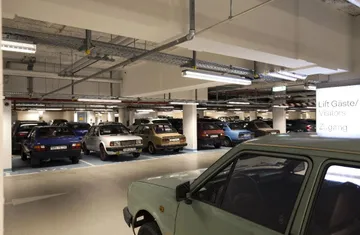
Weinberger, 'Laubreise', 2016
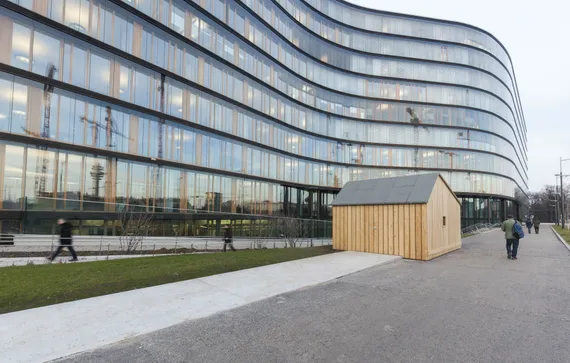
Lois Weinberger, Laubreise, 2016 © Erste Group Bank AG; Photo Oliver Ottenschläger
Object, Canettistraße Entrance (outdoors)
Lois Weinberger created a “secular garden” on the periphery of the Erste Campus site, in direct proximity to the Canettistraße entrance. He thus augmented the group of preexisting gardens in the vicinity (the baroque garden of the Belvedere, the Alpine Garden, the Botanical Garden of the University of Vienna, and the Schweizergarten [Swiss Garden]) by a new one, which he has dubbed “Laubreise.” For the developmental journey that Weinberger’s work has before it, a freely accessible wooden structure reminiscent of an old farm shed serves to house a cuboid object made of wire mesh that, over the years to come, will be filled with leaves, twigs, and grass clippings from the grounds of the Erste Campus. Once this pile of introduced material has had a chance to fully compost, parts of the hut’s roof will be removed, thereby giving the newly won soil over to the unfettered workings of nature. Weinberger’s “Laubreise” will thus become an anarchic asylum for wild vegetation that will contradict any socially constructed notion of the natural realm, symbolizing the dynamic principle of constant transformation that nature, with its diversity and inexorable cycles of growth, exemplifies. The plants themselves will create the artwork in this “living theatre of sorts.” They will give rise to a poetic locus at which “the heap’s decomposition will be (driven forward) by time, making it possible to take fractional notice of the great changes,” and at which “one can speak neither of beginning, nor of ending, nor of stasis… a field of possibilities that denotes an interface.” (Lois Weinberger)
Lois Weinberger, born in Stams, Tyrol in 1947, lives and works in Vienna, Innsbruck, and Gars am Kamp. He has been represented on the international level by widely noted retrospectives at documenta X in Kassel and at the 53rd Venice Biennale. In his reflections on the relationship between nature and culture, Weinberger concentrates on peripheral areas of perception. His artistic work revolves around that place where the artificial and the natural interweave in order to expose cultural processes of transformation and change. Works by Lois Weinberger have been seen at several renowned exhibition venues such as Kunsthalle Mainz, the Times Museum in Guangzhou, the Städel Museum in Frankfurt, Kunstmuseum Bonn, the Secession and the Museum moderner Kunst in Vienna, and the Camden Arts Centre in London.
Text: Kathrin Rhomberg & Pierre Bal-Blanc
You might also be interested in

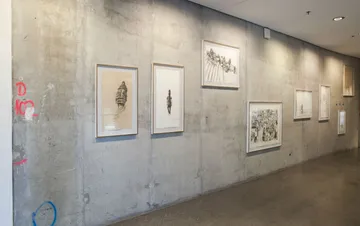
Olga Chernysheva, 'Protected by', 2015
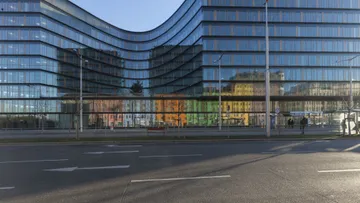
Marcus Geiger, 'Project 2 for Erste Campus', 2014-2016
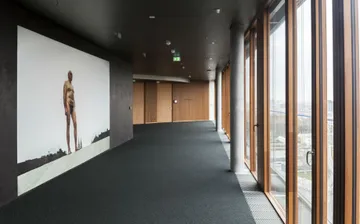
Tomislav Gotovac, 'Watch on the Rhine', 2015
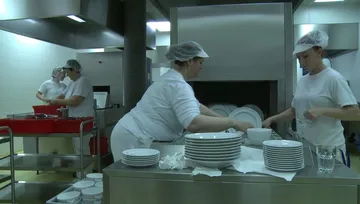
Sanja Iveković, 'The Invisible Women of Erste Campus', 2016
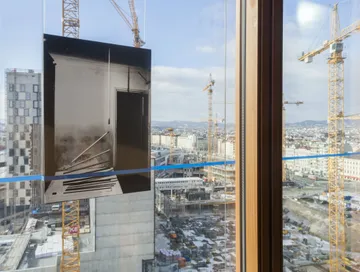
Edward Krasiński, 'Retrospective', 1984
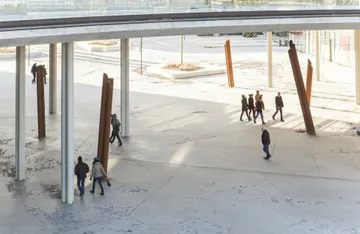
Roman Ondak, '3015', 2015
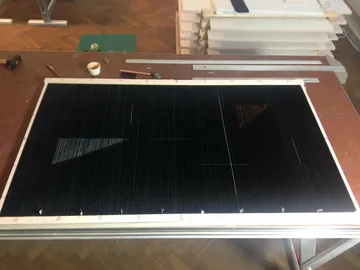
Florian Pumhösl, 'Design for a Curtain', 2015
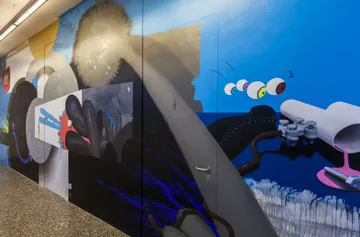
Ashley Hans Scheirl, 'Libidinal Economy’s Special Effects', 2016
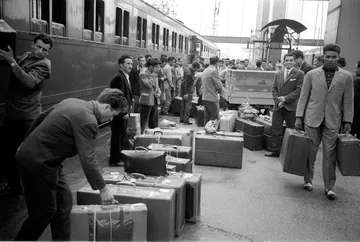
Slaven Tolj, 'From Ten to Zero', 2015
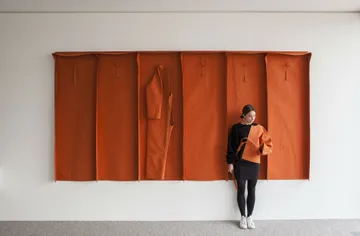
Franz Erhard Walther, Thirteen Action Shapes', 2015
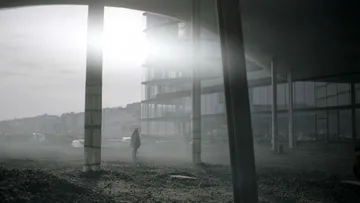
Clemens von Wedemeyer, 'Esiod 2015', 2016
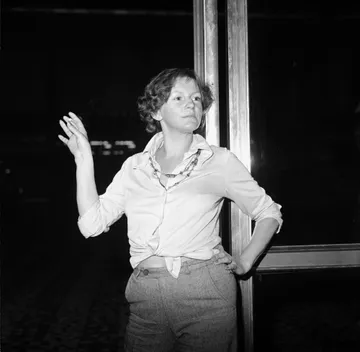
Works of Reference